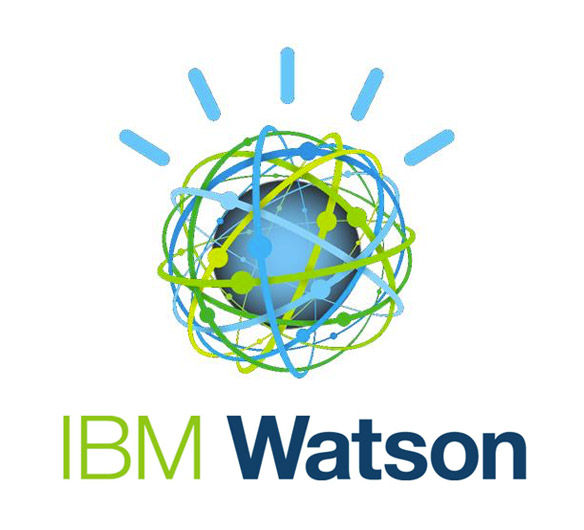Imagine entering a patient waiting room, accompanied by your doctor or nurse, as a child or young adult. Do you remember what was in your doctor’s hands? It was a folder or clipboard with paper forms on which the doctor took notes with a PENCIL or PEN. I repeat, doctors used HANDWRITTEN notes to evaluate your health. In the past couple of years Medicine and health care have revolutionized and incorporated many advanced technological medical devices that have improved the quality of care. In 2015, IBM launched the widely used medical database, IBM Watson Health (“Watson Health,” 2018). IBM Watson Health is an artificial intelligent database that empowers health care providers, doctors, and hospitals, by giving them value-based solutions to optimize medical performance, encourage communication among doctors and patients, deliver effective and accurate care, and manage the health of the community (“Watson Health,” 2018). With the introduction of IBM Watson Health, doctors and medical scientists are able to input medical data into this system and in return, the database produces an output consisting of recommendations of medical care plans or suggestions doctors should consider when providing care to each unique patient. IBM Watson has 4 main functions: 1) it is a annotator for clinical data – read and understand unstructured data and applies it to known information; 2) insight for patient data – it analyzes a patient’s medical history and provides a summary of key points and health problems; 3) patient similarity – identifies patient switch similar medical stats and uses their data to compare clinical similarities. This allows doctors to understand different views on treatments; and 4) medical insights – helps doctors find information in medical literature and discover new insights (“Watson Health: Get the Facts”, 2018). In order to understand the influence IBM Watson Health has had and will continue to have on Modern Medicine, it is crucial to understand how it functions, how it is used, and why it is important to continue researching and utilizing the system for the benefit of patient care.
